In this clinical case are illustrated in a very schematic way some stages of the realization of an upper and lower overdenture on eight implants, four on the upper and four on the lower jaw (Fig. 1). This solution will provide greater stability to the prosthesis during the phonation and the chewing functions, allowing the patient to relate in their social sphere with safety and confidence.
This technique uses the spherical attachments that allow the clinician to reduce the final costs of the article compared to a solution with a bar.
The presence of the retention given by the implants do not exclude that the prosthesis must have the same requirements of a traditional one, namely it must have an appropriate extension of the edges, a correct vertical dimension, a centric relationship repetable and a correct assembly of the teeth (Figs. 3-5). The prosthesis thus conceived will not have only an implant support but will also have a mucous support.
If the prosthesis doesn’t meet the above-mentioned requirements, it may occur a failure of the device and the implants loss.
We illustrate only the steps related to the finalization of the work.
After the esthetic and functional tests and the approval of clinical and patient, the prosthesis will be completed.
In the presence of reduced vertical dimensions and a high number of implants it is preferred the use of a superstructure of cobalt chromium that will prevent any breakage in correspondence of the metal housings containing the retentive caps (Figs. 6, 6a).
Before the construction of the structures the silicone keys of the teeth assembly are made that will allow you later, to reposition the teeth and to check the available spaces. The structures will be opacified to prevent the metal shine through the resin (Figs. 7, 7a).
Once polymerized the prosthesis (in this case in a traditional muffle with the coloring of the prosthetic flanges), finished and polished, the completed devices is then send the in the studio for the final delivery (Figs. 8-10).
The clinician before fixing the retentive caps (Figs. 2, 2a, 2b) will check the insertion paths of the prosthesis eliminating residual areas of compressions with a special pasta and the centric contacts.
The fixing of the retentive caps with liquid resin will be facilitated by the use of protective disks that prevent the resin from invading the undercuts of the attachments allowing an easy removal of the prosthesis once cured (Fig. 11).
After the curing, the excess of resin will be finished with a bur (Fig. 12).
Before the final delivery, the patient will be instructed to store and clean properly the prosthesis and implants. The prosthesis in situ, with the clear satisfaction of the patient (Figs. 13-18). Thanks to Mr. Vincenzo Liberati for the construction of the superstructure (Lab.DentaLine).
embedImagecenter("Imagecenter_1_2413",2413, "large");
Dentists often don’t look forward to having patients with dentures, according to Paul Homoly, DDS, president of Homoly Communications. When asked why,...
Rhein83, an innovative company that is known as a leader in the production of attachments for removable prosthesis, presents the Ot Equator and the ...
Promoting excellence and avoiding failure is the standard of my implant practice. To ensure precise implant placement, I have found that in-office ...
ANAHEIM, CA, USA: In an interview with Dental Tribune at the recent California Dental Association meeting (15 to 17 May), C. Brian Melonakos, president and ...
Michael Boyd, a 55-year-old male, lived a life of many challenges. By age 52, Michael had a diabetic medical emergency and upon recovery was relieved of his...
SAN FRANCISCO, CA, USA: Friendly jibes between the speakers and amusing simulated ‘patient’ videos were a hearty warm-up for attendees of a ...
A patient who is happy with his or her smile will ultimately be a more compliant patient. One of the easiest and most significant methods to achieving an ...
Soon after the mass adoption of clear aligners, it became apparent that a plastic shell did not provide sufficient purchase on the teeth for all movements. ...
WASHINGTON, US: Covering everything, including composite fillings and disposable suction tips, plastics are woven into all aspects of modern dental care. ...
Live webinar
Wed. 14 January 2026
12:00 PM EST (New York)
Dr. Théo Laplane, Dr. Robert Gottlander DDS
Live webinar
Fri. 16 January 2026
12:00 PM EST (New York)
Live webinar
Mon. 19 January 2026
1:00 PM EST (New York)
Philipp Kopp, Michael Seeber
Live webinar
Thu. 22 January 2026
9:00 AM EST (New York)
Prof. Judith Jones D.D.S; M.P.H., Prof. Kakuhiro Fukai D.D.S., Ph.D, Dr. Bathsheba (Bethy) Turton
Live webinar
Thu. 22 January 2026
2:00 PM EST (New York)
Dr. Nicola M. Grande DDS, PhD
Live webinar
Wed. 28 January 2026
8:00 AM EST (New York)
Live webinar
Wed. 28 January 2026
11:00 AM EST (New York)
Prof. Dr. Jan-Frederik Güth



 Austria / Österreich
Austria / Österreich
 Bosnia and Herzegovina / Босна и Херцеговина
Bosnia and Herzegovina / Босна и Херцеговина
 Bulgaria / България
Bulgaria / България
 Croatia / Hrvatska
Croatia / Hrvatska
 Czech Republic & Slovakia / Česká republika & Slovensko
Czech Republic & Slovakia / Česká republika & Slovensko
 France / France
France / France
 Germany / Deutschland
Germany / Deutschland
 Greece / ΕΛΛΑΔΑ
Greece / ΕΛΛΑΔΑ
 Hungary / Hungary
Hungary / Hungary
 Italy / Italia
Italy / Italia
 Netherlands / Nederland
Netherlands / Nederland
 Nordic / Nordic
Nordic / Nordic
 Poland / Polska
Poland / Polska
 Portugal / Portugal
Portugal / Portugal
 Romania & Moldova / România & Moldova
Romania & Moldova / România & Moldova
 Slovenia / Slovenija
Slovenia / Slovenija
 Serbia & Montenegro / Србија и Црна Гора
Serbia & Montenegro / Србија и Црна Гора
 Spain / España
Spain / España
 Switzerland / Schweiz
Switzerland / Schweiz
 Turkey / Türkiye
Turkey / Türkiye
 UK & Ireland / UK & Ireland
UK & Ireland / UK & Ireland
 International / International
International / International
 Brazil / Brasil
Brazil / Brasil
 Canada / Canada
Canada / Canada
 Latin America / Latinoamérica
Latin America / Latinoamérica
 China / 中国
China / 中国
 India / भारत गणराज्य
India / भारत गणराज्य
 Pakistan / Pākistān
Pakistan / Pākistān
 Vietnam / Việt Nam
Vietnam / Việt Nam
 ASEAN / ASEAN
ASEAN / ASEAN
 Israel / מְדִינַת יִשְׂרָאֵל
Israel / מְדִינַת יִשְׂרָאֵל
 Algeria, Morocco & Tunisia / الجزائر والمغرب وتونس
Algeria, Morocco & Tunisia / الجزائر والمغرب وتونس
 Middle East / Middle East
Middle East / Middle East
































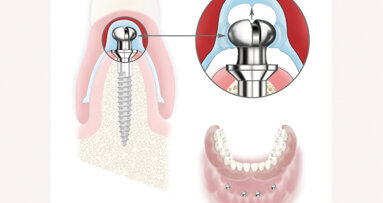
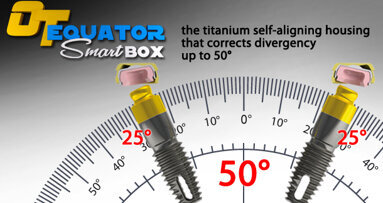
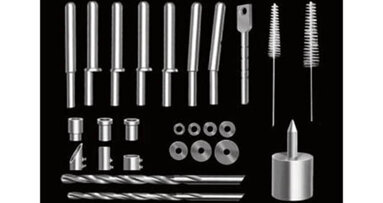
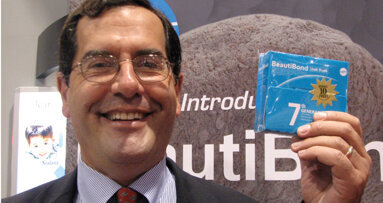
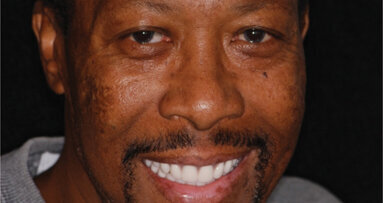

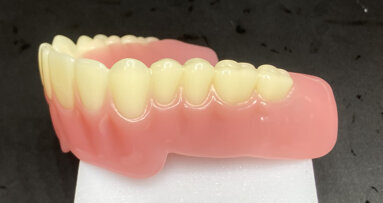



















To post a reply please login or register